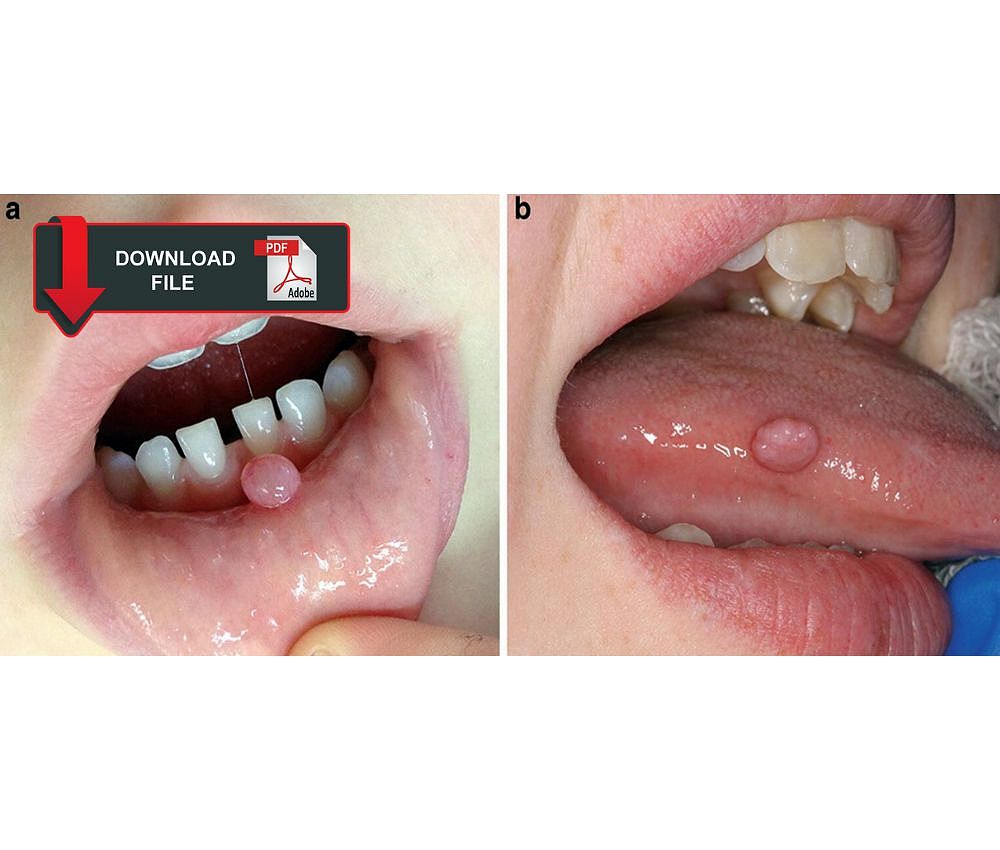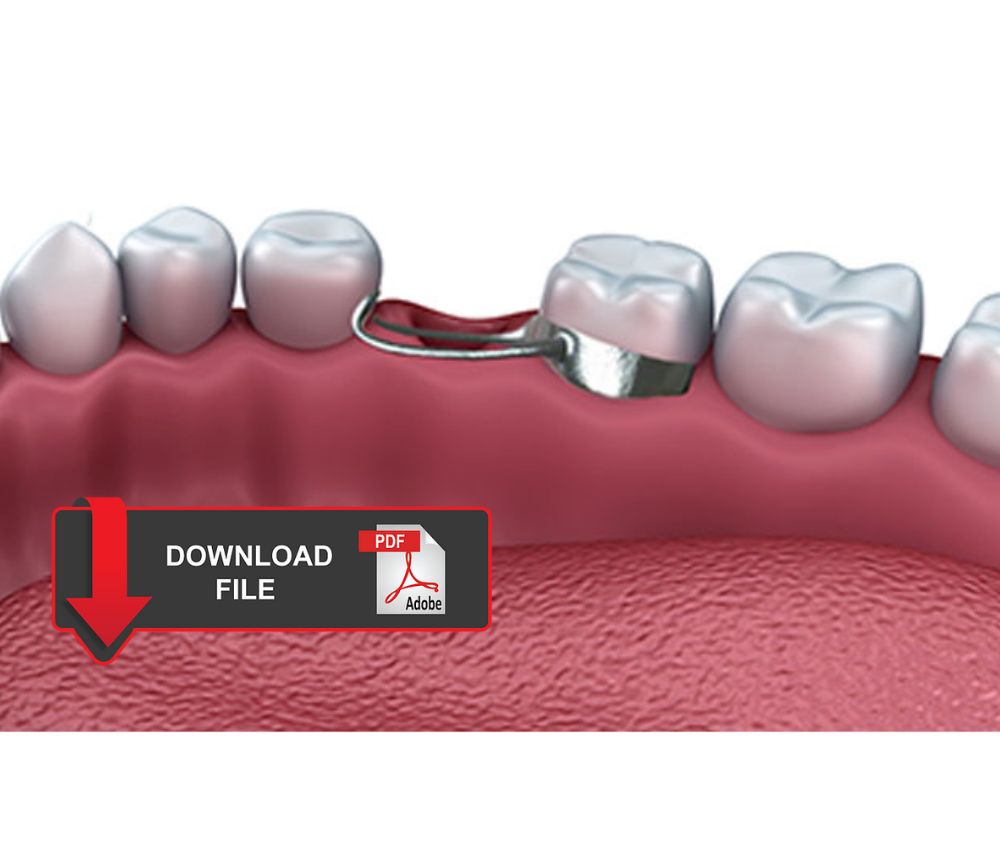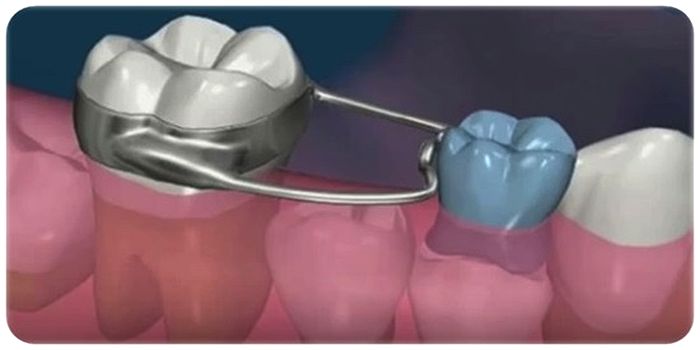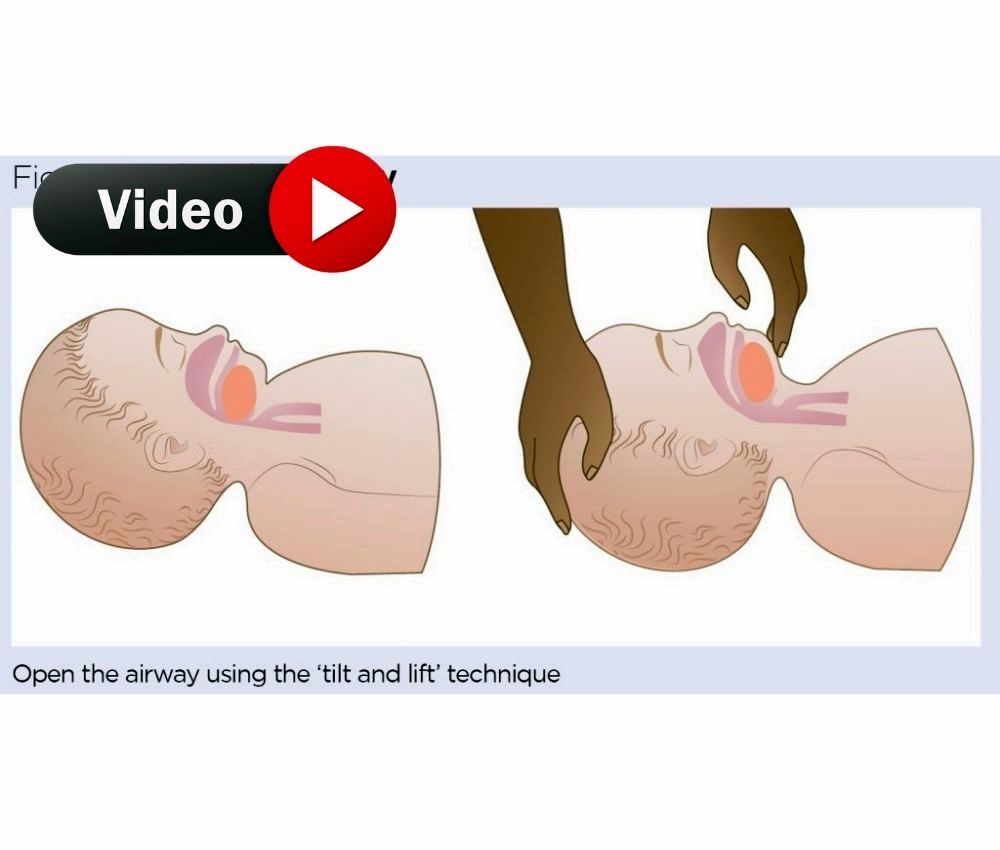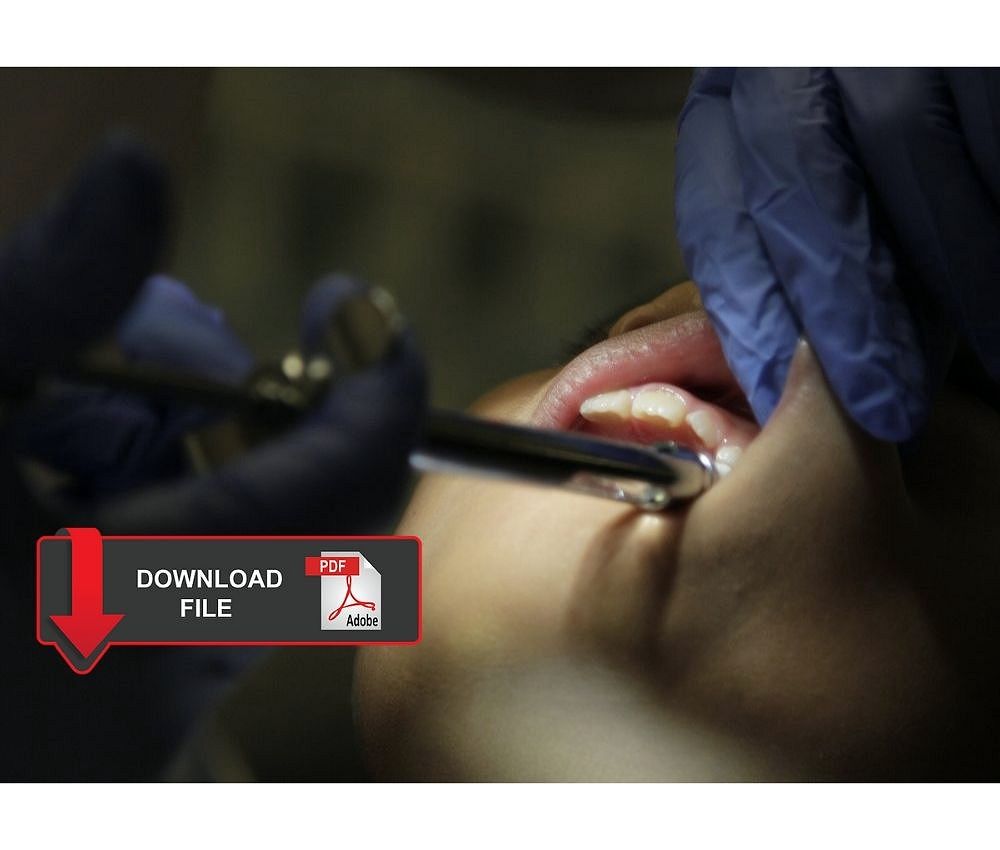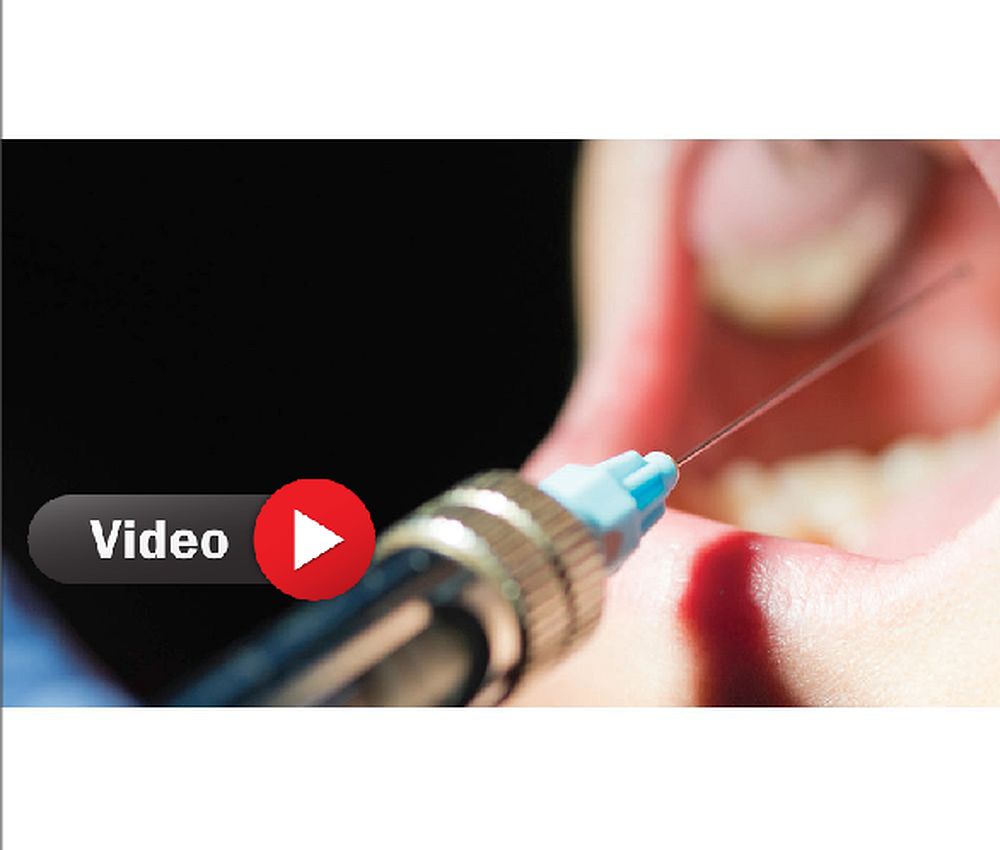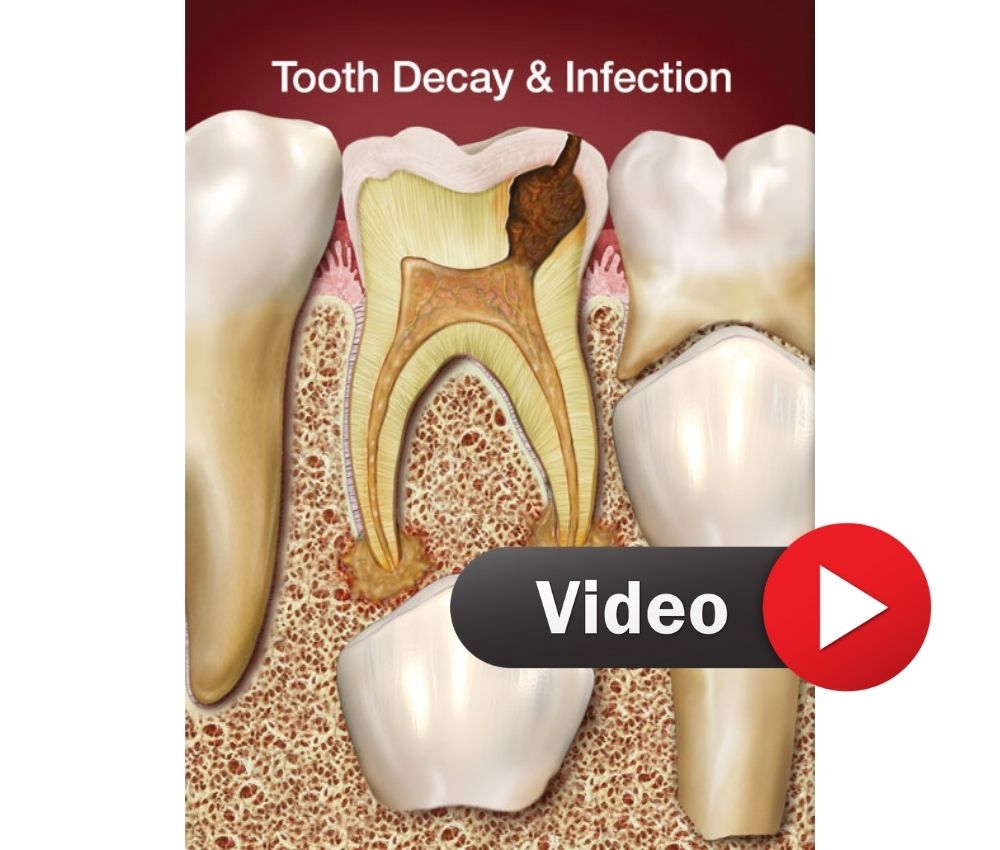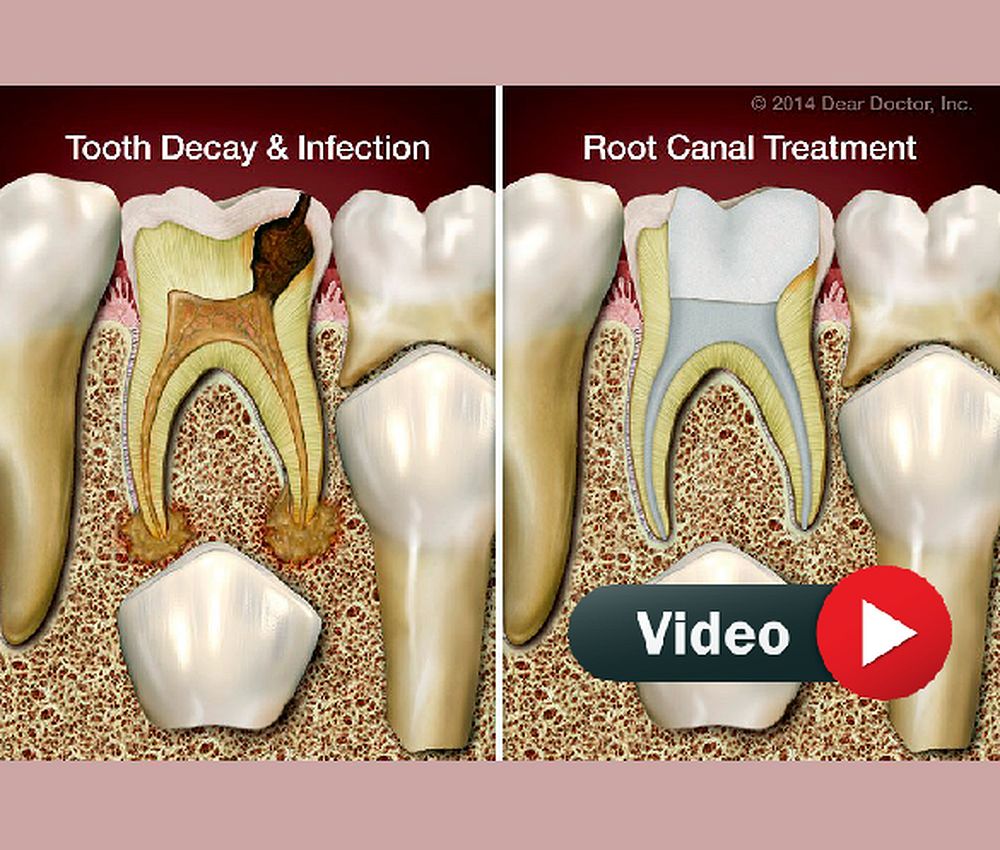Trigeminal neuralgia is a disorder of the trigeminal nerve that is characterized by painful and recurrent episodes at the facial level. Patients refer to this pain as a short-lived electric shock.
The treatment is pharmacological, but surgical treatment should be considered if the pain is not controlled or when the side effects of the drugs are not tolerated.
Advertisement
We share an interesting guide on the clinical features, diagnosis, pharmacological and surgical treatment of trigeminal neuralgia.
RECOMMENDED ARTICLE
Guide for the surgical management and oral pathology of the pediatric patient
Guide for the surgical management and oral pathology of the pediatric patient
Lambru G, Zakrzewska J, Matharu M. Pract Neurol 2021;21:392–402.
👉 ALSO WATCH THE VIDEO: Trigeminal Neuralgia (“Severe Facial Pain”): Causes, Pathophysiology, Symptoms, Diagnosis, Treatment
Fuente: Youtube / JJ Medicine
You may also like :
► Manual of Local Anesthesia - Anesthetic techniques and anatomical references
► Space Maintainers: Benefits and Types - Webinar
► Space Maintainers: Types, indications and complications


